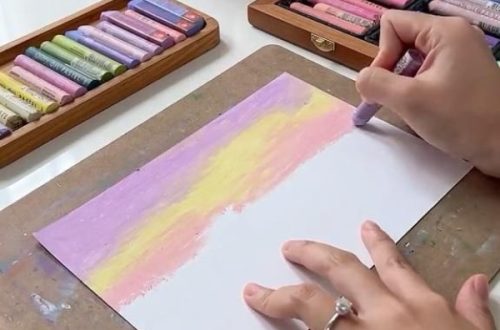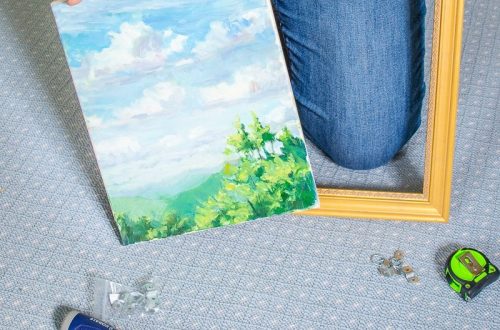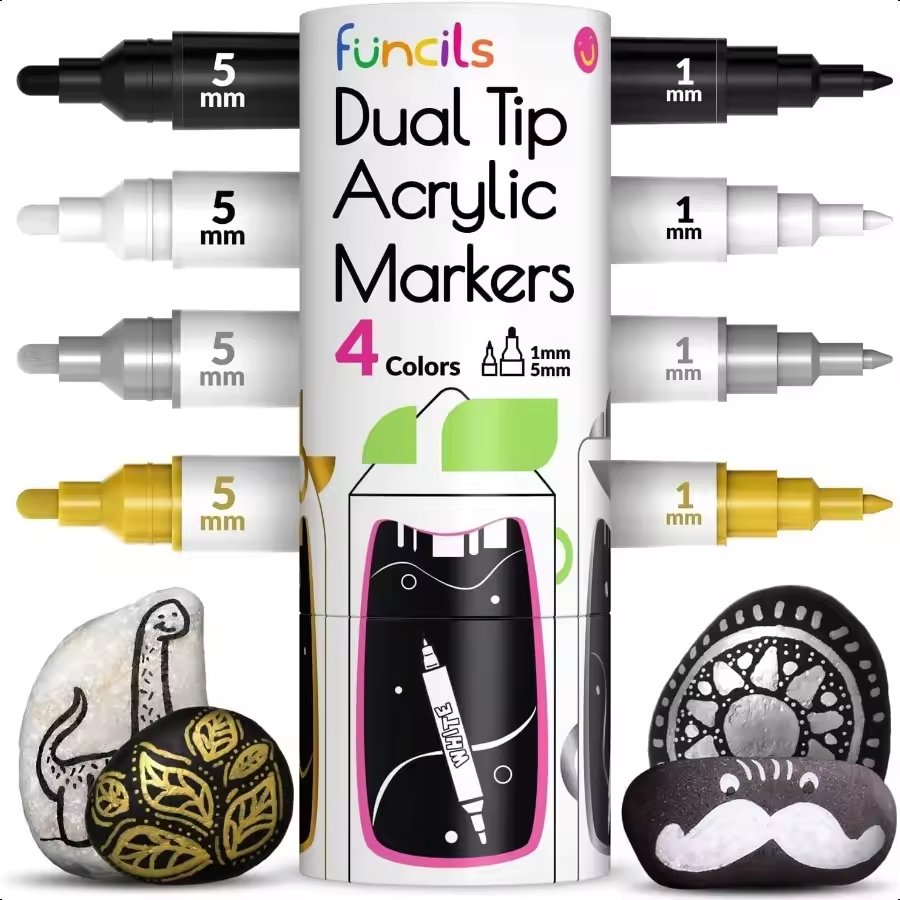Introduction to Oil Pastels
Oil pastels are vibrant art mediums that open a world of creativity. First introduced in the 1940s, they’ve become a favorite among artists for their rich color and creamy texture. Unlike traditional oil paints, oil pastels don’t require brushes or palettes. This makes them incredibly versatile and easy to carry, allowing artists to work from virtually anywhere.
The Versatility and Portability of Oil Pastels
The true charm of oil pastels lies in their simplicity and convenience. Exceptionally portable, they fit into any artist’s toolkit with ease. You can use them to sketch quickly or layer them to achieve the depth and textures akin to oil paintings. Artists favor oil pastel artworks due to this flexibility to transition from rough drafts to finished pieces without the need for extensive setup or drying time. Whether in a studio or out in nature, the adaptability of oil pastels makes them suitable for various settings and artistic approaches.
Key Techniques for Oil Pastel Art
Oil pastel artworks stand out due to their unique blend of color and texture. Mastering key techniques can transform your art from simple sketches to complex, multi-layered pieces. We will delve into the methods that can help you make the most of this versatile medium.
Blending and Layering with Oil Pastels
Blending is essential for smooth transitions and subtle shades. Use your fingers, a paper stump, or even cotton swabs to meld colors together. Apply a light touch at first, then increase pressure for deeper blending. Overlapping colors in layers adds depth and richness. Start with a dark base and build up with lighter shades on top, or reverse it for a different effect.
Layering allows for texture creation and color complexity. Apply oil pastels in thick layers for bold, opaque coverage or in thin layers for fine details. Use the side of a pastel stick for broad strokes, or the tip for precision. Practice these techniques to generate artworks with a sense of volume and life.

Working with Watersoluble Oil Pastels
Watersoluble oil pastels are a game-changer for artists. They combine the vibrancy of oil pastels with the fluidity of watercolors. Add a few drops of water to your drawing, and watch the pastels dissolve into painterly washes. You can tweak the consistency with more or less water to suit your creative needs.
Create washes, glazes, or blend colors wet-on-wet for unique effects. These pastels are perfect for artists who enjoy experimenting. Try them to expand your oil pastel techniques and add new dimensions to your artworks.
Inspirational Themes for Oil Pastel Creations
Engaging with oil pastel artworks sparks innovation and excitement. Explore various themes to bring new dimensions to your art.
Creating Dynamic Still Life Compositions
Still life is a timeless genre that oil pastels can invigorate. The medium’s portability lets you set up a subject anywhere. Begin with simple objects, focusing on shadow and light. Build layers to capture the essence of your setup. Experiment with backgrounds to add depth to your still life pieces.
Animal-Themed Artwork and Pet Portraits
Be it wild animals or beloved pets, animal-themed oil pastel artworks are heartwarming. Start with basic shapes, then refine features and fur textures. Use a variety of colors for depth and life-like quality. Portraits can be a touching tribute to a pet or a celebration of wildlife.
Night Scenes and Celestial Sketches
Nighttime adds mystery to your oil pastel drawings. Layer dark hues to set the scene, then introduce stars or moonlight. Play with contrasting colors to bring out celestial bodies against the night sky. Such sketches can be quick yet strikingly effective.
Nature and Landscape Interpretations
Nature provides endless inspiration. From lush forests to serene beaches, landscapes are perfect for oil pastels. Use greens and blues for a natural palette. Blend to create realism or use bold strokes for a more abstract feel. Drawing from nature encourages creative freedom and relaxation.

Textural Exploration
Engage in textural exploration to enrich your oil pastel artworks with captivating dimensions.
Experimenting with Different Paper Textures
Paper choice can transform your oil pastel pieces. Try coarse or smooth textures to see how they interact with your pastels. Rough surfaces grab more pigment, creating interesting patterns and depth. Smooth papers allow for finer detail and easier blending. Mix and match paper types to find your favorite effect.
Incorporating Mixed Media
Mixed media offers a world of creativity for oil pastel artists. Layer pastels over watercolors for a painterly feel. Add inks or acrylics for dynamic contrasts. Use pastels to highlight or refine details on a mixed background. The fusion of different materials can yield stunning, unexpected results.
Emulating Oil Painting Effects with Pastels
Achieve the look of oil paintings using oil pastels. Apply them thickly for rich texture akin to palette knife strokes in oil painting. Blend with a cloth or turpentine to smooth out textures. Enjoy the immediacy of oil pastels while mimicking the classical feel of oil paintings.
Seasonal and Everyday Inspirations
The beauty of oil pastel artworks lies in their ability to capture the transient, whether it’s the changing seasons or the everyday moments that make life special. Engaging with different seasonal themes and everyday scenarios can breathe new life into your oil pastel art, providing endless sources of inspiration.
Capturing the Essence of Seasons
Embrace the seasons with your oil pastels. Spring bursts with fresh greens and florals; summer shines with bright, warm hues; autumn glows with fiery reds and golds; winter chills with cool blues and whites. Reflect these changes in your art.
Urban Life and Cityscapes
The hustle of the city offers dynamic scenes for artists. Skyscrapers, bustling streets, and nighttime lights create vibrant cityscapes. Capture the urban vibe with sharp contrasts and bold strokes. Illustrate the life that pulses through city veins.
Simple Pleasures: Coffee, Treats, and Domestic Scenes
Find joy in the simplicity of a steaming cup of coffee or a scrumptious pastry. Compose cozy domestic scenes, from a sunlit window to a tranquil reading corner. These subjects remind us to cherish the small moments that bring comfort.

Artistic Techniques for Specific Subjects
Oil pastel artworks can bring depth and life to a variety of subjects. Here, we explore techniques for specific artistic challenges.
Rendering Light and Shadow in Landscapes
Capturing the interplay of light and shadow is crucial in landscapes. Here’s how to do it:
- Use darker shades to indicate areas in shadow.
- Apply lighter hues to represent well-lit surfaces.
- Blend colors gently to create smooth transitions between light and dark areas.
- For dramatic effects, contrast sharp light areas against very dark shadows.
These methods will add dimension and realism to your landscape oil pastel artworks.
Using Color Studies to Enhance Visual Interest
Color studies can boost the appeal of your art. Try these tips:
- Limit your palette to a few colors for a cohesive look.
- Add a bold color to draw the viewer’s attention.
- Mix and layer colors to discover new shades.
- Observe how colors change with different light sources and times of day.
Experimenting with color can lead to exciting discoveries in your oil pastel works.
Drawing Wildlife and Nature with Vivid Details
Wildlife and nature demand attention to detail. Achieve this by:
- Starting with basic shapes, then layering to form details.
- Varying strokes to mimic textures like fur or leaves.
- Using complementary colors to make the subject stand out from the background.
- Creating contrast to highlight features like eyes or patterns in animal fur.
These techniques will help you create oil pastel artworks with lifelike precision and beauty.
Advancing Your Oil Pastel Art
Creating beautiful oil pastel artworks requires practice and understanding of the medium. Whether you are starting out or have years of experience, there are always new tips and tricks to learn.
Understanding the Medium: Tips for Beginners and Pros
For those new to oil pastels, start by experimenting with basic techniques. Try blending colors on different types of paper. Feel how the pastel glides and what effects you can create. Experienced artists should push their boundaries. Use oil pastels in mixed media projects or try working on a larger scale.
Remember, pressure changes the intensity of color. Light strokes give a soft effect, while heavy pressure brings out bold hues. Explore both and see what works for you. Keep your pastels clean for crisp lines. Over time, you’ll develop your own style and preferences.
Projects and Challenges to Grow Skills
Setting small projects can boost your abilities. Try drawing the same scene at different times of the day. Note how the changing light alters colors and shadows. Take on a 30-day challenge. Create a small oil pastel artwork every day. This practice builds discipline and hones skills.
You could also collaborate with other artists. This opens up opportunities to learn and share techniques. Attend workshops or watch online tutorials for fresh ideas. Most importantly, don’t fear mistakes. Each one is a step towards mastering oil pastel artworks.Keep pushing your creativity and enjoy the journey of art-making.





